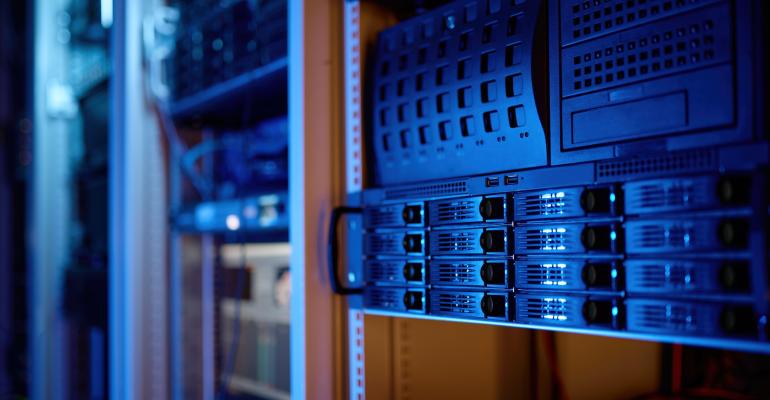A wide array of elements are required for data center businesses to stay ahead of the competition. One of those elements is having the right technology and keeping it updated.
This is especially true for data centers that handle high-performance computing and other cutting-edge technologies. Any constraints within legacy systems can be increasingly detrimental the longer the issues aren’t addressed.
Your business will give you signs when it is in the right position to grow successfully, but recognizing when technology is holding you back is just as important.
Letting go of legacy systems can be difficult when they’ve served your business well, but knowing when they are starting to cause inefficiencies is important for a seamless growth process based on technology suited to your business needs.
What Are the Signs Your Data Center is Ready for Modernization?
One of the major challenges that have arisen for data centers is to reduce their impact on the environment. A lack of attention to legacy systems can conflict with these goals.
When your technology no longer aids your business goals, it’s time to consider modernization. This is a crucial reason to upgrade.
The three major parameters of a data center are power, space, and cooling, and if these are tackled with newer technology then there’s a high possibility it will also aid your environmental goals.
Process inefficiencies
Legacy systems can lead to inefficiencies in your business. If we take one of the parameters mentioned above, such as cooling, one example of inefficiency could lie within an old server that’s no longer of use but still turned on. This could be placing unneccesary strain on your cooling, thus impacting your environmental footprint.
Legacy systems may no longer be the most appropriate for your business, as newer technologies emerge that offer a more efficient method of producing the same, or better, results. If you neglect this technology, you might be giving your competitors an advantage which could be costly for your business.
Increased security risks
IT Governance released a report in 2023 stating there were 8.2 billion records breached. This indicates that businesses in all sectors need to consider modernizing their technology to limit the risk of cyber threats.
A cyber-attack takes place every 39 seconds, according to one report. This puts businesses at risk of losing or compromising not only their intellectual property and assets but also their customer’s data. This could put you at risk of damaging your reputation and even facing regulation fines.
One of the best reasons to invest in digital transformation is for the security of your business. Systems that no longer receive updates can become a target of cyber-attacks and act as a vulnerability within your technology infrastructure. Modernizing your technology and systems can help prevent malware, data corruption, and other forms of malicious attacks.
Things to Consider When Upgrading Your Technology Stack
Convince your stakeholders
Within data centers, customers are looking for businesses that are aligned with their environmental goals. However, changes to technology or IT infrastructure require all internal stakeholders to be on board. They will want to know their investment is being put to good use, and a digital transformation can often take time to provide outcomes.
This will require you to plan ahead and ease your stakeholders into a large transition. You’ll also want to highlight how the new technology and software will benefit your business goals in the future, which prepares your stakeholders that results might not be immediately apparent.
Interim technologies
You will also want to consider if you need interim or immediate technologies during your transition. These are systems that can act as emergency measures during a transition if your infrastructure isn’t ready for a particular system or process to be implemented yet. Careful planning and working with a trusted digital transformation partner can help you transition seamlessly across different technologies.
Planned downtime
As with any technological update, modernizing your systems may require a period of downtime. Being able to plan this in advance can ensure the least disruption to you, your customers, and your stakeholders. Ensure that you’ve given plenty of warning for any downtime.
Adopting an evergreen approach
When planning your modernization, you should consider adopting an evergreen approach. This means choosing systems and technologies that will scale with your business and offer the flexibility you need to continue your work. This will help you avoid needing to undergo further modernization in the future – helping to avoid technical debt.
Modernization can be a necessity, especially if your technology is limiting your data center’s requirements or even causing security risks. You’ll want to consider how you are using your current legacy systems, in what ways they’re not appropriate for your business, and how your business goals have changed since you last implemented these technologies.
Kevin Tate is Mainframe Portfolio Director at Jumar, a UK-based IT services firm.





